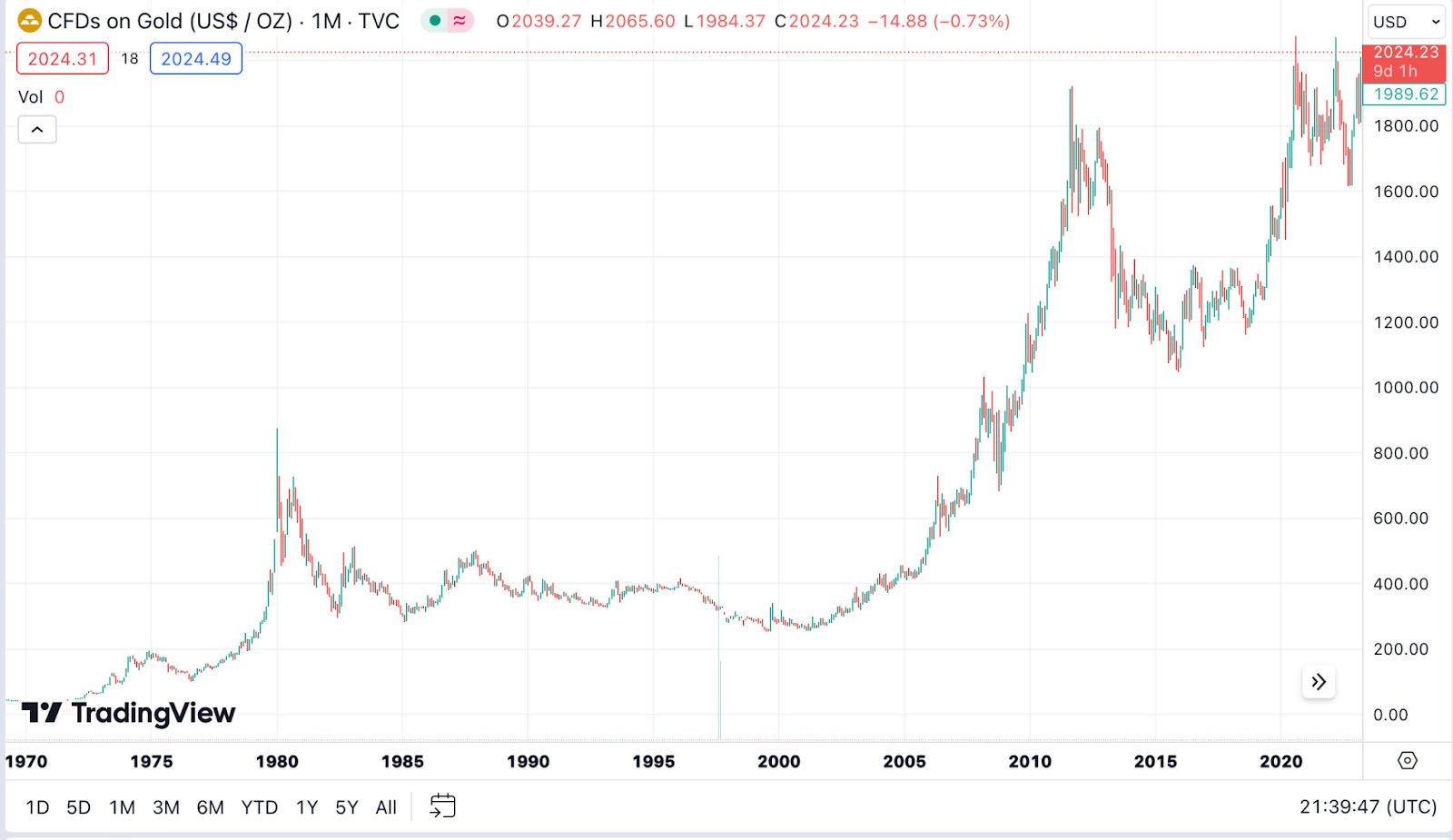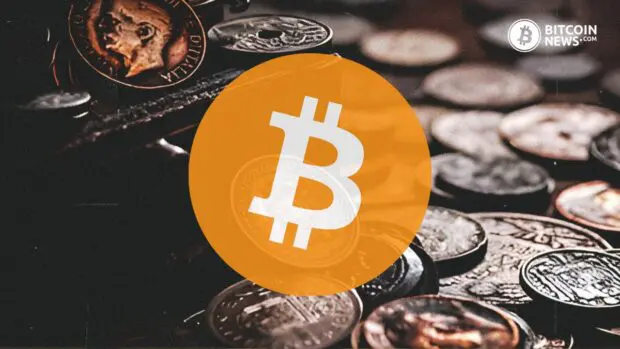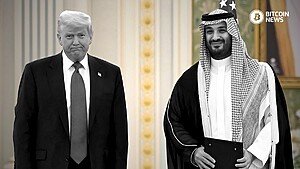As the world awakens to a new era of financial enlightenment, we stand on the precipice of history, gazing back at the evolution of sound money. The term “sound money” has its roots in a literal test used in ancient times to verify the authenticity and quality of metal coinage.
The concept of sound money is deeply interwoven with the history of currency and trade, reflecting the evolution of economic systems and the need for trust in transactions. Sound money offers a fascinating glimpse into the methods people used to ensure the value of their money, long before most forms of money were held in computer databases.
The Sound Test
The origin of the term “sound money” dates back to when currencies were made from precious metals like gold and silver. These metals were chosen for coinage due to their intrinsic value, scarcity, and durability. However, as these coins became widespread in trade and commerce, the problem of counterfeiting and debasement (reducing the precious metal content in coins) arose.
To combat this, individuals developed simple yet effective methods to verify the authenticity of their coins. One such method was the “sound test.” By dropping a coin on a hard surface, people listened to the sound it made. Genuine gold and silver coins produce a distinct, long-lasting ringing sound, thanks to their density and the properties of the metals. In contrast, coins made from inferior metals or those that were debased would have a duller, shorter sound. This sound test was a quick and practical way to verify a coin’s authenticity without the need for sophisticated tools or technology.
The term “sound money” evolved from this practical test to encompass broader economic principles. It came to represent money that holds its value over time, is not prone to excessive inflation, and is generally accepted as a medium of exchange. Sound money is trustworthy, stable, and reliable, allowing it to serve as a store of value, a unit of account, and a medium of exchange—three fundamental functions of money.
Metals: The Resonance of Value
The advent of metal coinage was a huge technological leap for humanity. Gold and silver were used by various ancient civilizations, from the Lydians to the mighty Romans, who minted coins as the bedrock of their economic systems.

The intrinsic value of these metals provided a stable, reliable measure of wealth that has echoed through the ages, a testament to their timeless appeal. Since the USA untethered the dollar from the gold standard in 1971, gold prices have risen dramatically, reaching over $2,000 per ounce in 2024.

Fiat Money: The Discordant Note
The transition to fiat money backed by nothing introduced a new chapter marked by government decree and policy-driven value. This departure from the tangible assets like physical metals brought forth debates on monetary stability and the specter of inflation. While Nixon claimed that it was the international money speculators that caused the US to go off the gold standard this is misleading at best.
There were clear signs and according to the US mint:
“Today’s quarters are “clad,” which means coated. The inner core is pure copper and the outer covering is copper mixed with nickel.”
Similar to how the Romans debased their currency by clipping coins and substituting precious metals with less valuable ones, the United States has also been diminishing the integrity of its money over time. These change reflects the broader issue: the U.S. government was spending beyond its gold reserves, leading to a critical situation where the promise of gold backing could not be maintained.
Faced with this dilemma, the decision was made to sever the currency from the gold standard entirely. This pivotal moment has left modern fiat currencies floating without the anchor of physical commodities, challenging governments and central banks to preserve the trust and value of their currencies in the absence of tangible backing. Fiat money’s reliance on policy and trust, rather than intrinsic value, underscores a fundamental difference from “sound money.”
Is Bitcoin Sound Money?
In the digital age, Bitcoin has emerged as the modern heirs to the legacy of sound money. It’s fitting that Bitcoin miners, who are the ones that create new bitcoin when they add a block of transactions, have a distinct sound.
Bitcoin’s capped supply and decentralized framework present a digital bulwark against the inflation and manipulation rampant in fiat currency systems. It embodies scarcity and transparency principles, mirroring the intrinsic value of gold, yet enhanced by the precision of modern technology. Verifying Bitcoin’s authenticity, unlike its metallic predecessors, is a feat of cryptographic elegance, accessible to anyone with an internet connection.
The saga of sound money is a narrative of humanity’s enduring quest for financial sovereignty and stability. From the ancient symphony of metal coins to the digital cadence of Bitcoin, the essence of sound money has remained unaltered— a beacon of trust in a fluctuating world. As we stand at the dawn of this new digital horizon, the principles of sound money guide us, illuminating the path towards a future where economic freedom resonates louder than ever before.










